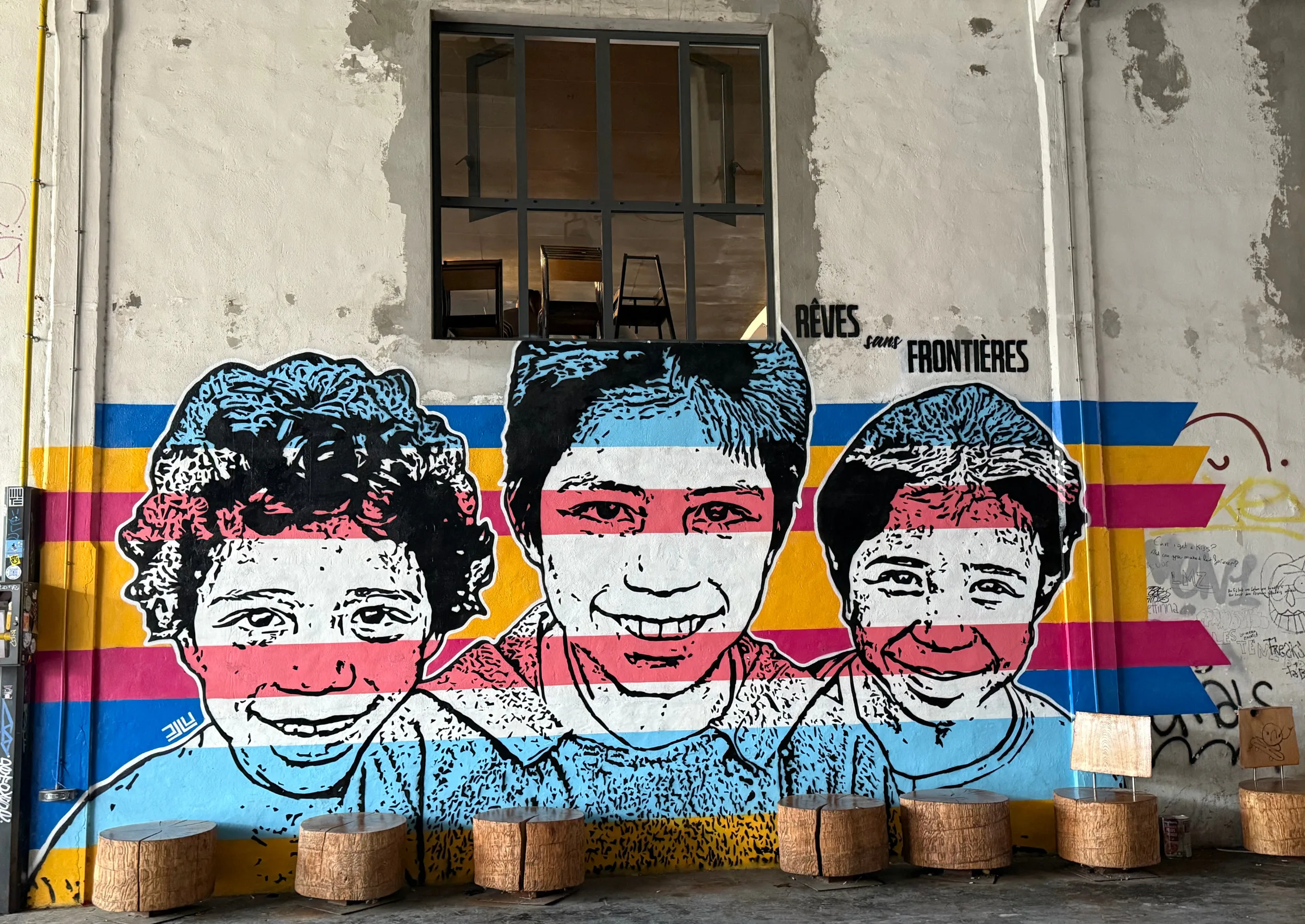Video-sharing platforms such as YouTube, Vimeo, and TikTok provide a free space for everyone to share their content. They claim they have developed an ideal place for user creativity because they sidestep traditional gatekeepers, lower the entry barriers for creators, provide how-to guides and connect creators directly with consumers. Based on such arguments, the platform giants and their advocates emphasise their pro-creative credentials and suggest stronger regulation imposed on them would restrict creativity.
Our new research, YouTube Creativity and the Regulator’s Dilemma: an Assessment Of Factors Shaping Creative Production on video-sharing Platforms, highlights the anti-creativity factors that policymakers need to be aware of that exist on video-sharing platforms, and how emerging regulation interacts with these factors.
Since 2018, the UK government has issued a series of reports focused on online harms, and anti-competitive issues. These reports indicate a trend of imposing stronger regulation on the platform giants such as Google, Amazon and Facebook. The EU legislative proposals of The Digital Services Act (DSA) and Digital Markets Act (DMA) also increase the liability on platforms.
In this context, policymakers need to understand both the positive and negative impacts of the emerging regulations on user creativity. The platforms and their advocators emphasise that regulation could restrict user creativity, but they fail to mention that the platforms themselves have an anti-creative side. Our new research highlights to policymakers five psychological and seven economic characteristics of the platforms that might discourage user creativity.
Key findings
The research identifies five psychological factors and seven economic factors on platforms such as YouTube, which might discourage creativity. Some key factors include;
External Motivations. Psychological studies (Amabile et al., 1986) (Cooper et al., 1999) (Cameron and Pierce 1994) indicate that intrinsic motivations such as interests and curiosity encourage creativity while extrinsic motivations like monetary rewards and external attention might reduce creativity. Video sharing platforms such as YouTube have developed a system that motivates creators through attention and money rewards. YouTube uses the attention (e.g. click through rate and watch time) to evaluate channel performance and directly links the attention captured by a channel with the monetary rewards). In this extrinsic-motivation-driven system, creators tend to focus more on the external attention instead of the quality and creativity of videos they are making.
Overly-sharp, negative feedback can kill creativity. Studies indicate that 18%-16% to 28% of the comments posted on YouTube are offensive, insulting or spam. This environment might negatively impact creativity.
Uncertainty of video-making and homogeneity. No one can be certain whether a cultural product will sell well in the market. To avoid this uncertainty, creators tend to mimic previous successful cultural products, which leads to product homogeneity. Likewise, YouTube creators do not know whether their videos will go viral before uploaded, therefore, the safest way to create popular videos is to adopt the content or styles similar to existing popular videos. This might lead to video homogeneity and reduce creativity. In addition, the YouTube recommendation algorithm might reinforce the trend because the algorithm also relies substantially on ‘historical watch’ and search data to rank and display videos.
Our research highlights some platform regulation that might counteract these ‘anti-creative factors’, which could benefit creators using channels such as YouTube.
Article 17 of the Copyright and related rights in the Digital Single Market (CDSM) imposes stricter copyright liability on platforms such as YouTube. It would, in practice, require them to develop an automatic filter to scan all user-generated content and flag the content containing copyrighted works to the copyright holders. This filter could directly connect online creators with the copyright holder saving the creators a great deal of time and energy, and therefore support creative output.
The UK Government Online Harms White Paper (2020) set up the duty of care, which makes giant platforms liable for harmful user-generated content. The legislative proposal of The Digital Services Act (EU) also requests very large online platforms conduct ex-ante risk assessments on the systemic harms of platforms. Under the pressure of these legislative initiatives, the platform giants might efficiently remove overly negative or insulting comments online and therefore develop a healthy environment for creators.
The ‘recommendation algorithm’ might amplify some anti-creative factors on platforms. For example, the one used by YouTube tends to promote content similar to previous viral videos, which leads to the homogeneity of video making. In this situation, AI regulations such as Articles 17, 21 and 22 of The EU General Data Protection Regulation (GDPR) might offset the impacts of the algorithm. This is because these articles guarantee the viewers’ right to reject the recommendation algorithm. This could push platforms to incorporate greater diversity into the design of the algorithms.
Competition law might benefit most creators in the long term by offsetting the dominant power of giant platforms such as YouTube. This will encourage the generation of new platforms and new services and therefore provide more options to creators.
In conclusion we suggest it’s vital policymakers bear in mind that regulation that discourages creativity in one aspect could simultaneously encourage it in another. The impact of regulation over user creativity on video-sharing platforms is often two-sided, which policymakers need to keep in mind as they propose new regulations.
This blog is based on a paper by PEC researcher Dr Xiaoren Wang from CREATe, University of Glasgow, published in the journal the Albany Law Journal of Science and Technology, Vol. 32, No. 3, 2022.
The views expressed in guest blogs for the PEC website are those of the author and do not necessarily represent the views of the Creative Industries Policy and Evidence Centre.
Image by Ron Lach via Pexels
Related Blogs
What UK Job Postings Reveal About the Changing Demand for Creativity Skills in the Age of Generative AI
The emergence of AI promises faster economic growth, but also raises concerns about labour market di…
Creative PEC’s digest of the 2025 Autumn Budget
Creative PEC's Policy Unit digests the Government’s 2025 Budget and its impact on the UK’s creative …
Why do freelancers fall through the gaps?
Why are freelancers in the Performing Arts consistently overlooked, unseen, and unheard?
Insights from the Labour Party Conference 2025
Creative PEC Policy Adviser Emily Hopkins attended the Labour Party Conference in September 2025.
Association of South-East Asian Nations’ long-term view of the creative economy
John Newbigin examines the ASEAN approach to sustainability and the creative economy.
Take our Audience Survey
Take our quick survey and you might win a National Art Pass.
Culture, community resilience and climate change: becoming custodians of our planet
Reflecting on the relationship between climate change, cultural expressions and island states.
Cultural Industries at the Crossroads of Tourism and Development in the Maldives
Eduardo Saravia explores the significant opportunities – and risks – of relying on tourism.
When Data Hurts: What the Arts Can Learn from the BLS Firing
Douglas Noonan and Joanna Woronkowicz discuss the dangers of dismissing or discarding data that does…
Rewriting the Logic: Designing Responsible AI for the Creative Sector
As AI reshapes how culture is made and shared, Ve Dewey asks: Who gets to create? Whose voices are e…
Reflections from Creative Industries 2025: The Road to Sustainability
How can the creative industries drive meaningful environmental sustainability?
Creating value: the creative economy beyond culture by Marta Foresti
Marta Foresti explains the value of international cooperation as she becomes Chair of the GCEC.












